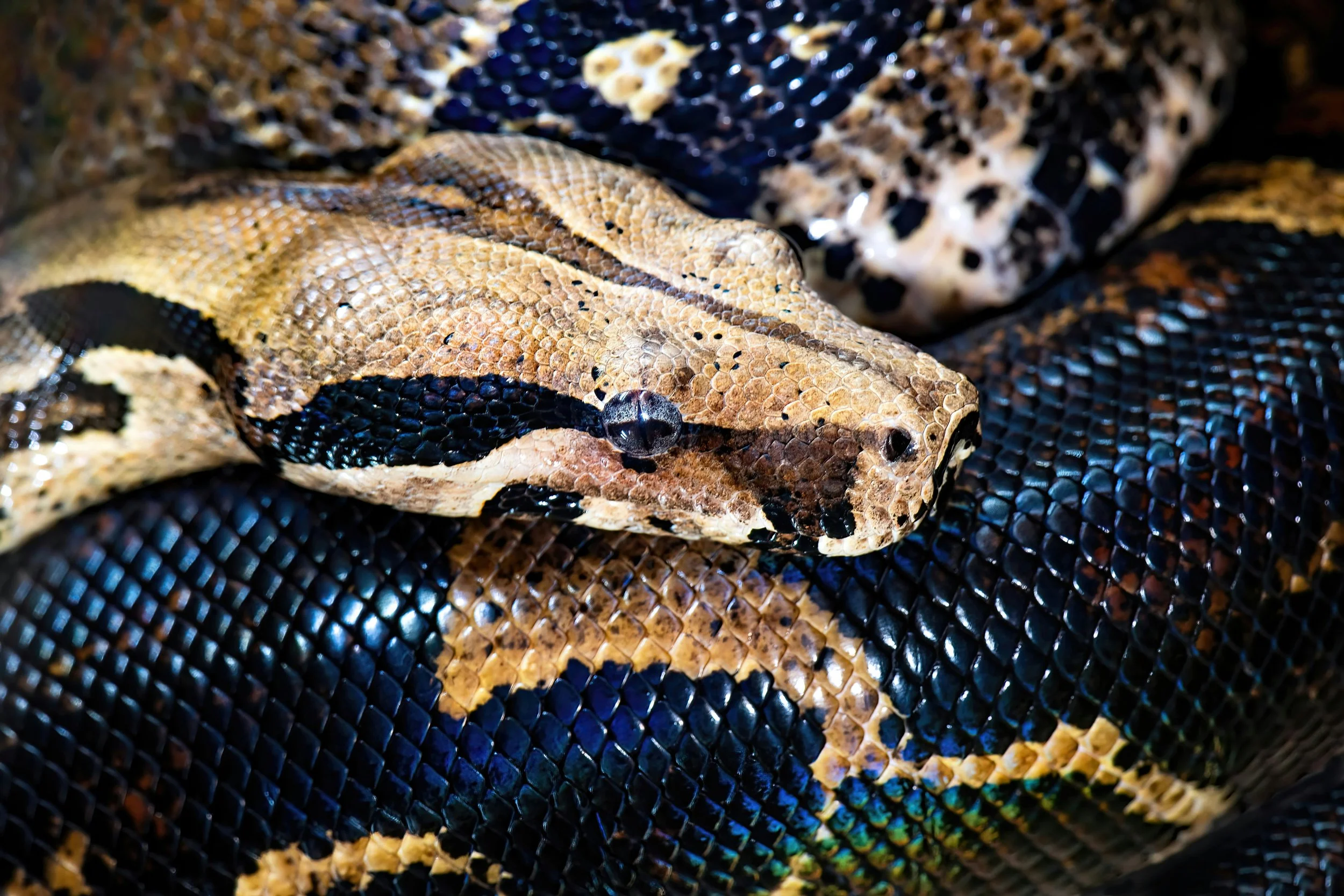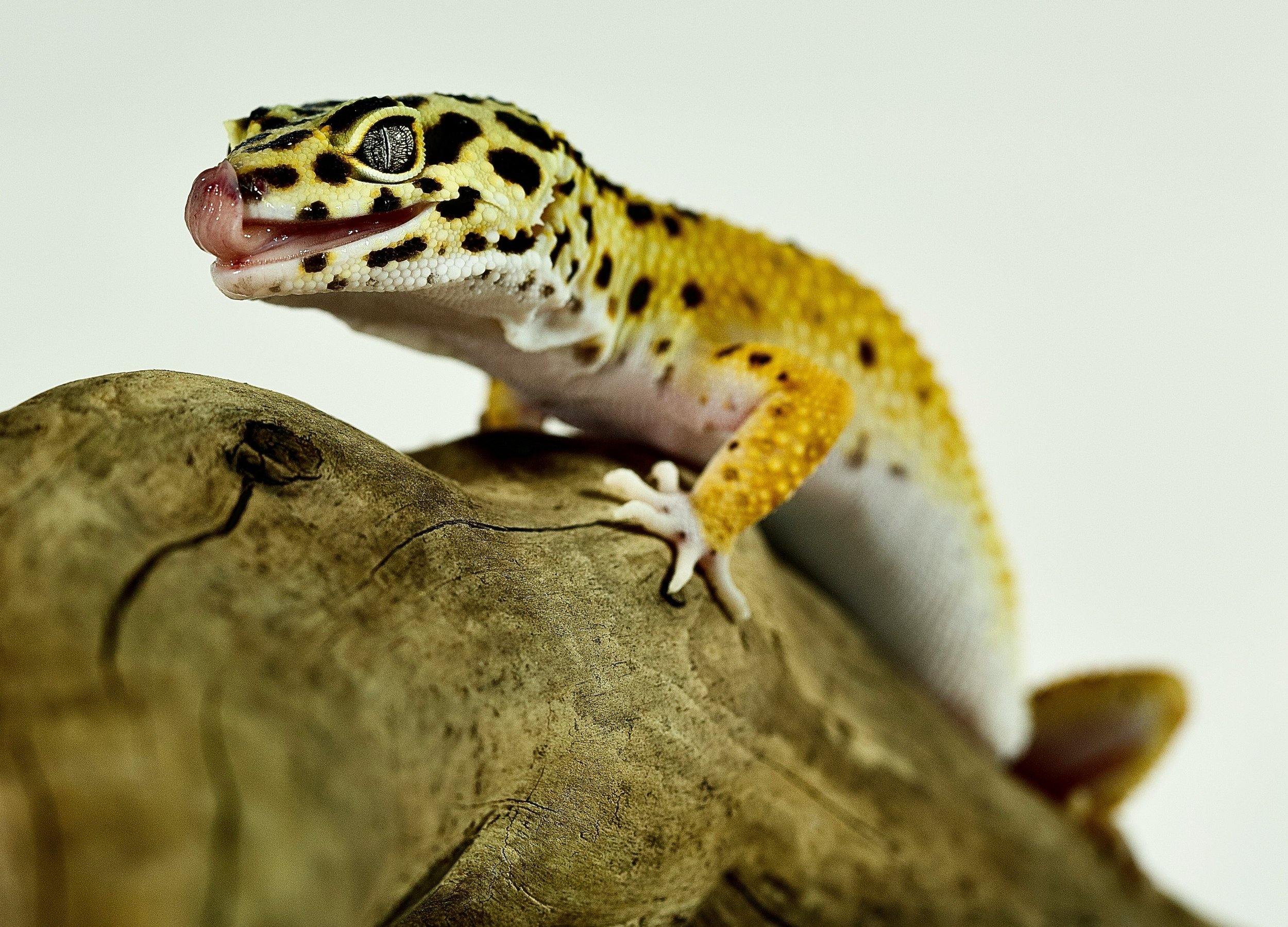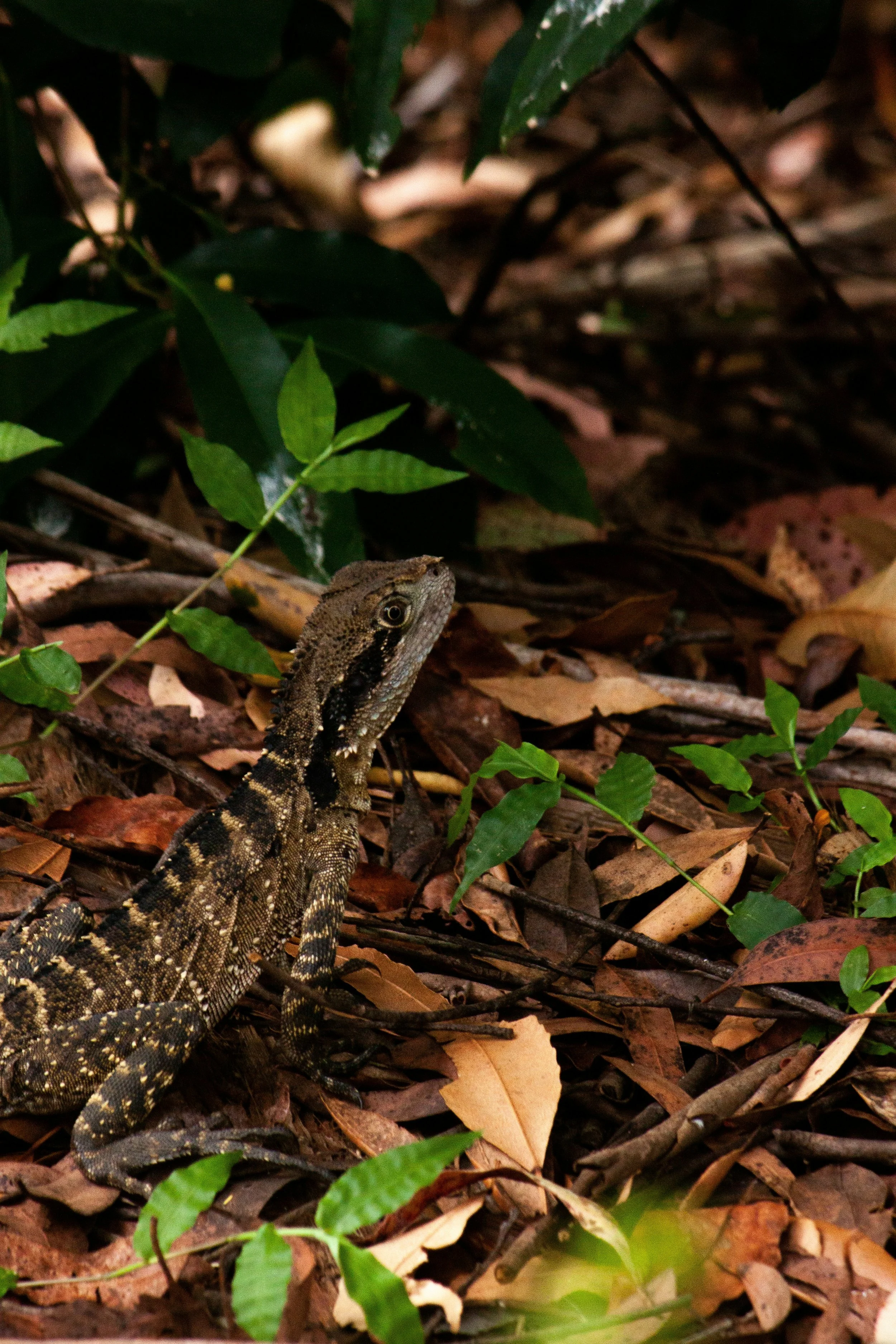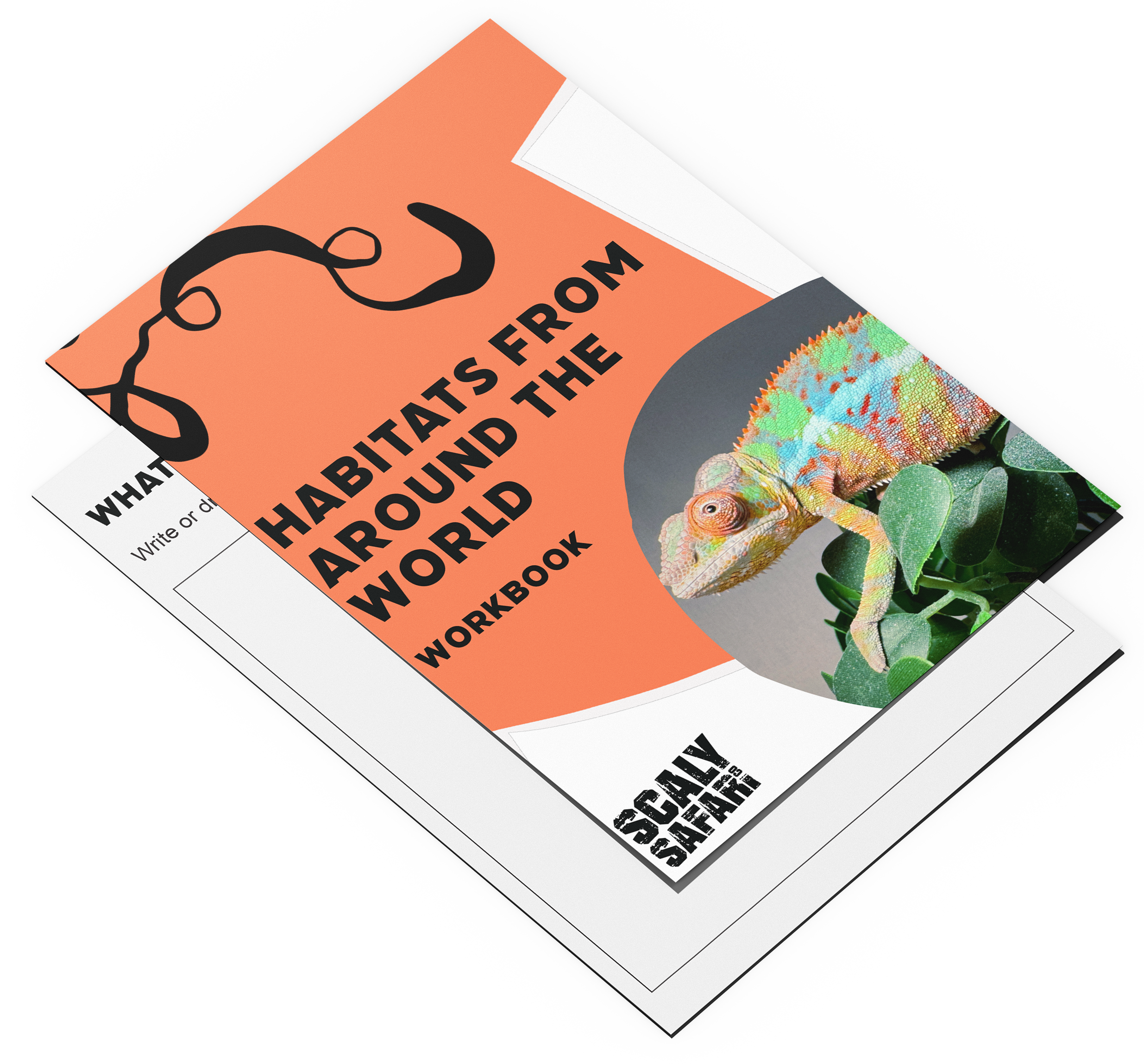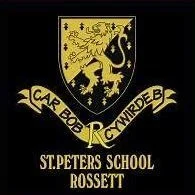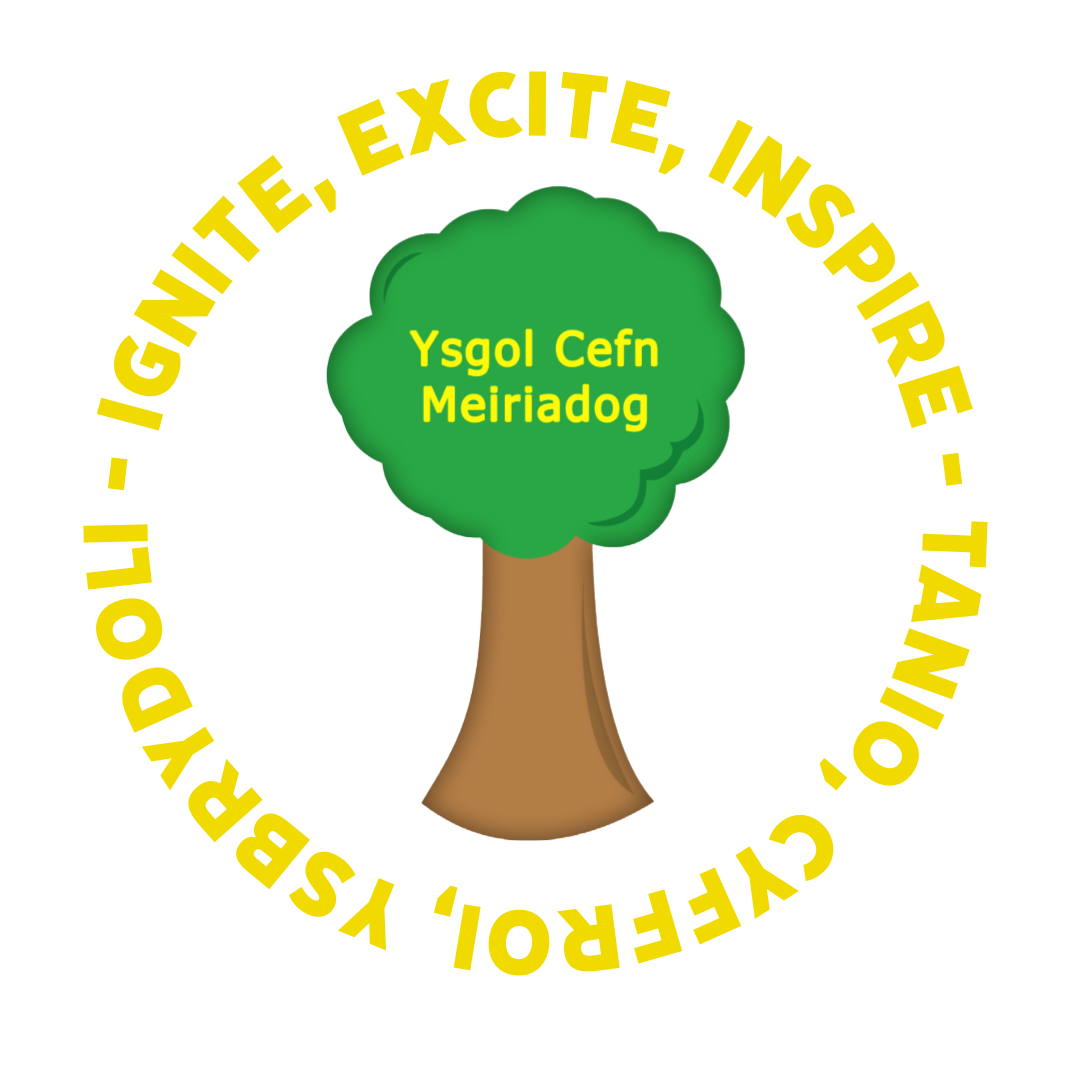
HABITATS AROUND THE WORLD
A hands-on, curriculum-linked ONE-HOUR workshop for KS1 & KS2 — bringing HABITATS FROM AROUND THE WORLD to life with real animals.
CURRICULUM MAPPING:
-
Science: Animals, Including Humans
Identify and name a variety of common animals.
Describe and compare the structure of different animals.
Understand that animals have basic needs for survival (food, water, shelter).
Science: Living Things and Their Habitats
Explore and compare the differences between things that are living, dead, and never lived.
Identify that most living things live in habitats suited to them.
Describe how different habitats provide for the basic needs of animals.
Identify and name a variety of animals in their habitats.
Describe simple food chains.
Geography
Identify seasonal and daily weather patterns.
Understand hot and cold places in relation to the equator and poles.
Use simple vocabulary to describe environmental features.
Name and locate key world environments (deserts, rainforests, woodlands).
-
Science: Living Things and Their Habitats
Recognise that living things can be grouped in different ways.
Explore and use classification keys to identify animals.
Recognise that environments can change and this can pose dangers to living things.
Compare and contrast animals from different habitats (desert vs rainforest vs woodland).
Science: Animals and Adaptation
Identify how animals are adapted to suit their environment.
Understand how physical features (camouflage, climbing, moisture retention, burrowing) support survival.
Recognise simple environmental conditions (temperature, humidity, shelter, leaf litter).
Geography
Locate the world’s climate zones and biomes (desert, rainforest, temperate woodland).
Understand how climate affects living things.
Use geographical vocabulary to describe physical features (canopy, understory, forest floor, arid landscape).
Speaking, Listening & Vocabulary Development
Ask relevant questions and articulate scientific observations.
Use subject-specific language confidently (habitat, environment, humidity, camouflage, adaptation).
Bring real animals from real habitats directly into your school! This unforgettable experience helps pupils understand how different environments shape the animals that live there — through close-up encounters, hands-on learning, and exciting habitat stations they’ll remember for years. PERFECT FOR SCIENCE, GEOGRAPHY, ENVIRONMENTAL STUDIES, OR AS A WHOLE-CLASS ENRICHMENT SESSION.

why SCHOOLS CHOOSE SCALY SAFARI:
✔ Fully mapped to CURRICULUM TOPICS
✔ Highly interactive: real animals, real science
✔ Perfect for science week, topic launches & class rewards
✔ Affordable options (School-funded • PTA-funded • Parent-funded)
✔ Delivered by experienced animal educators
✔ FULLY LICENSED, INSURED, AND DBS-CHECKED
ANIMALS THEY’LL MEET…
BEARDED DRAGON
CHAMELEON
BLUE-TONGUED SKINK
GIANT AFRICAN MILLIPEDES
BOA CONSTRICTOR
LEOPARD GECKO
Animals are subject to change depending on availability

WHAT wE’LL cover:
DESERT HABITAT
High heat
Temperature regulation
Burrows & shelters
Sparse vegetation
RAINFOREST HABITAT
High humidity
Layers of the rainforest
Climbing adaptations
Shedding & moisture needs
woodland HABITAT
Leaf litter & decomposers
Camouflage
Foraging
Predator avoidance
WHAT THEY’LL LEARN:
By the end of this session, pupils will be able to:
Explain what a habitat is and why animals need specific environments.
Identify characteristics of the desert, rainforest, and woodland/forest floor habitats.
Recognise how animals are adapted to their environments (camouflage, climbing, temperature regulation, etc.).
Use key vocabulary linked to habitats and environmental features.
Apply observation skills during hands-on interaction with real animals.
FREE Curriculum-Aligned Pupil Workbook Included with Every HABITATS AROUND THE WORLD Workshop
Every class that books Habitats Around The World receives access to our beautifully designed pupil workbook, packed with age-appropriate activities and clear explanations. The workbook includes a child-friendly summary of everything covered in the session, plus engaging exercises that reinforce key scientific concepts. Teachers can use it during the workshop, as a follow-up lesson, or as an assessment tool to support and extend learning back in the classroom.
PRICING & FUNDING
school-funded WORKSHOPS
Our workshops are £175 per hour (plus travel costs if applicable), and can be funded directly through school.
DISCOUNTS FOR MULTIPLE WORKSHOPS
Need more than one workshop? We offer discounts for multiple bookings.
PTA-funded WORKSHOPS
Need an alternative way to fund your workshop? Your PTA may be able to help!
PARENT CONTRIBUTION MODEL
Asking for contributions directly from parents can help fund this incredible experience for their child.
SOME OF THE SCHOOLS WE’VE WORKED WITH…
LET’S PLAN YOUR WORKSHOP
Ready to book? Need some more information? Complete the form below, send us an email to hey@scalysafari.co, or call us on 07568 377 077. We’ll be in touch asap!
FAQS
-
Our School Workshops are approx. one hour long.
-
We charge per workshop, no matter how many children you’d like to attend. We recommend no more than 30 per workshop, and remember that the more children there are, the less opportunity there will be for everyone to handle the animals.
-
Pretty much anywhere! We’re based in North Wales, but regularly cover the whole of the North West as well (and beyond). There may be a surcharge for fuel costs for travelling further afield.
-
It depends on the learning outcome of the workshop, but we always bring an appropriate selection of animals based on what we’ll be covering.
The selection we bring also largely depends on shedding, and feeding schedules.
-
Weather-permitting…absolutely! Please note that most of our animals are temperature-sensitive, so if we feel it’s a bit too chilly (or hot) on the day, we may have to move the session indoors.
Please note: clear access to hot running water and soap is essential.
-
As we always say: every animal can bite if it wants to. Our animals are our own personal pets, and are extremely well-handled. It is highly unlikely that they will bite, especially as all handling will take place under our direct supervision. We can’t, however, guarantee 100% that they won’t bite.
None of our snakes are venomous.







